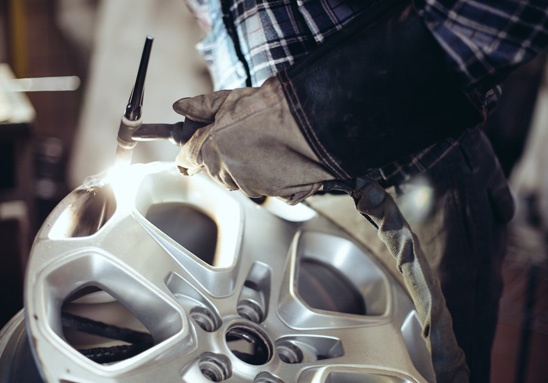Understanding Gaskets and O-Rings for Effective Sealing Solutions in Various Applications
Gaskets and O-Rings Essential Components for Sealing Applications
In the world of mechanical engineering and manufacturing, gaskets and O-rings play a crucial role in ensuring the integrity and efficiency of various systems. These components are essential for sealing applications, preventing leaks, and maintaining pressure within different machinery and equipment. Understanding their functions, types, and applications can help industries improve their processes and enhance their products.
What Are Gaskets and O-Rings?
Gaskets are flat seals that fit between two surfaces, usually to prevent the escape of fluids or gases. They are made from various materials, including rubber, silicone, metal, cork, and composite substances. The main purpose of a gasket is to fill the space between the surfaces to create a tight seal, accommodating for imperfections and irregularities on the mating parts.
On the other hand, O-rings are circular rings typically made from elastomers. They are designed to sit in a groove and compress between two surfaces when the components are assembled. O-rings are widely used because of their simplicity and effectiveness in providing a reliable seal. They can resist high pressures and temperatures, making them suitable for various applications.
Types of Gaskets and O-Rings
There are numerous types of gaskets, including but not limited to
1. Flat Gaskets The most common type, made from materials like rubber and felt. 2. Spiral Wound Gaskets Made by winding metal and non-metal strips for high-temperature applications. 3. Ring Gaskets Used in flanged joints to provide a tight seal at high pressures.
gaskets and o rings

Similarly, O-rings come in various materials including
1. Nitrile (Buna-N) Common for general-purpose applications, resistant to oil and petroleum products. 2. Fluoroelastomer (Viton) Suitable for high-temperature applications and aggressive chemicals. 3. Silicone Best for high-temperature settings; however, it is not suitable for petroleum-based fluids.
Applications of Gaskets and O-Rings
Both gaskets and O-rings are used across numerous industries including automotive, aerospace, pharmaceuticals, food processing, and oil and gas. In automotive applications, gaskets secure the engine components, preventing oil leaks and maintaining pressure for optimal performance. In the aerospace sector, where reliability is critical, both components ensure that planes can withstand extreme conditions without compromising safety.
O-rings are especially prevalent in hydraulic and pneumatic systems, where they help maintain pressure and prevent leaks in cylinders and pumps. Their design makes them ideal for applications that involve dynamic motion, as their shape allows for easy deformation, ensuring a snug fit.
Conclusion
Gaskets and O-rings are indispensable elements in various mechanical and industrial systems. They play a vital role in ensuring the functional integrity and efficiency of machinery by providing reliable sealing solutions. As technology advances, the materials and designs of these components continue to evolve, leading to improved performance and durability. Understanding their significance not only helps in choosing the right components but also contributes to enhanced safety and efficiency in manufacturing and engineering processes. Choosing the right gasket or O-ring can lead to better product reliability and longevity, making them essential in any assembly where sealing is required.
-
Understanding the Front Main Engine Seal: Purpose, Maintenance, and Installation
News Jul.29,2025
-
Understanding O-Rings and Seal Rings: Types, Applications, and Custom Solutions
News Jul.29,2025
-
Understanding Crankshaft Oil Seals: Rear Seals, Pulley Seals, and Their Role in Engine Integrity
News Jul.29,2025
-
The Importance of Front and Rear Crankshaft Seals in Engine Performance and Oil Management
News Jul.29,2025
-
Crank Oil Seals: Functions, Types, and Cost Considerations in Engine Maintenance
News Jul.29,2025
-
A Comprehensive Guide to O-Rings and Seals: Types, Materials, and Global Applications
News Jul.29,2025
-
Mastering Diesel and Performance Engine Maintenance: A Guide to Critical Oil Gaskets
News Jul.28,2025
Products categories















